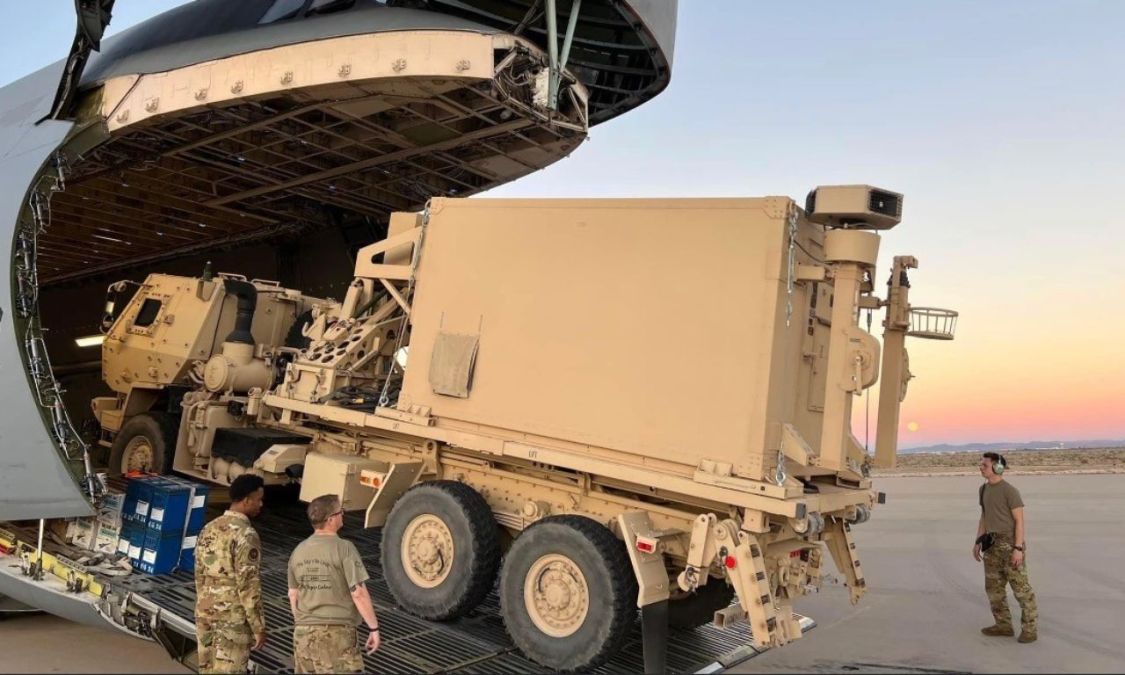Army green lights IBCS for initial operational capability

The Army’s Integrated Battle Command System (IBCS) program has achieved initial operational capability, prime contractor Northrop Grumman announced Monday — marking a crucial step forward for the service’s plan to modernize its air-and-missile defense and battlefield command and control capabilities.
The milestone comes after key tests were completed in November and an approval for full-rate production in April. Now, the IOC approval green lights the system as ready to be fielded to service units for additional development of the platform’s capabilities, according to the company.
The IBCS is intended to be the foundation for the Army’s future air-and-missile defense architecture that consolidates many aging C2 systems and provides an all-domain command-and-control center.
After years of development, the system has also demonstrated the ability to connect sensor data across all of the military services, making it a key enabler for the Army’s contribution to the Pentagonwide initiative to link networks, sensors and shooters — known as Joint All-Domain Command and Control (JADC2).
“IBCS has the leading role in the Army’s air and missile defense modernization strategy because its ability to integrate multi-domain sensors to create fire quality fused data enables the warfighter to quickly decide on the best shooter to defend against incoming threats,” Rebecca Torzone, vice president and general manager, combat systems and mission readiness at Northrop Grumman, said in a press release. “With its mature, proven and ready capabilities, IBCS transforms and extends the battlespace for the U.S. and its allies.”
The system was designed to have a modular, open, and scalable system architecture that can integrate legacy and new capabilities “regardless of source, service, or domain” to quickly give warfighters information in time to make accurate decisions, according to Northrop Grumman.
The Army’s approval of the IBCS for full-rate production in April enabled the service “to set the fielding schedule for IBCS to operational air defense units,” the company said in a statement announcing the decision. The approval also paved the way for foreign military sales in the future, such as for Poland’s WISLA air-and-missile defense modernization program.
“The Army is proving it can and will succeed with its modernization plans as we continue to build momentum for the future,” Brig. Gen. Frank Lozano, program executive officer of missiles and space, said in an April press release from the Army. “The sensor and effector integration this program brings to air and missile defense will ensure that our warfighters are best equipped to provide air defense against enemy threats.”
Prior to being approved for full-rate production and achieving IOC, the IBCS went through a final 10-month-long initial operational test and evaluation period at White Sands Missile Range in New Mexico. During the tests, soldiers operated IBCS in a number of different operational flight tests — including detecting, tracking, and intercepting different missiles and missile surrogates — while under electronic attack, according to the defense contractor.
The system was also tested during the Army’s Project Convergence 2022 to showcase how it could be used for defensive and offensive missions. Project Convergence is a series of experiments hosted by the Army aimed at developing the technologies and concepts of operations for JADC2.
“Through numerous successful developments, operational tests and demonstrations, IBCS has proven its capability to connect and fuse multi-service sensor data to multi-service weapons, demonstrating the Army’s contribution to Joint All Domain Command and Control (JADC2) capabilities,” per the Northrop Grumman press release.
DefenseScoop did not receive comment from the Army prior to publication.






